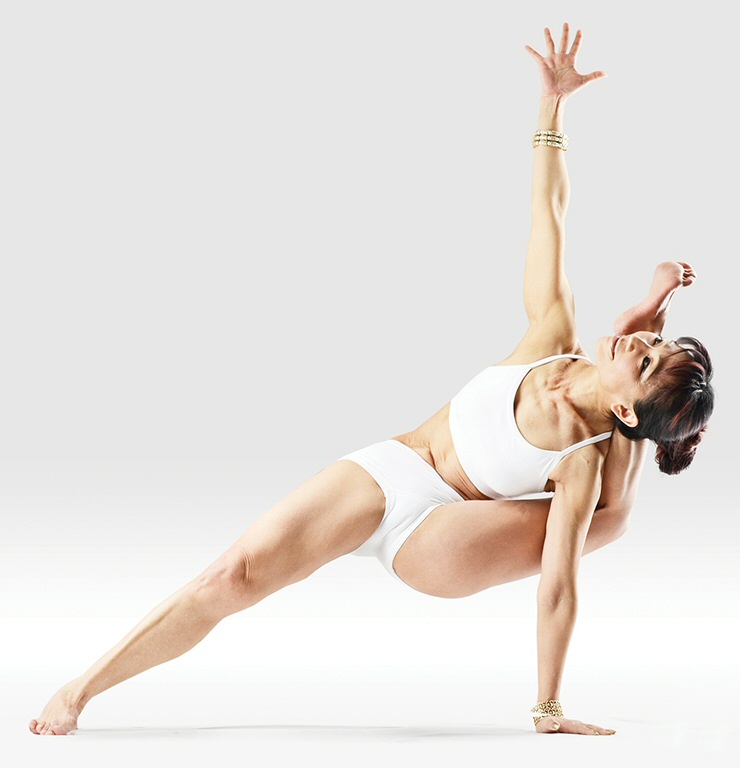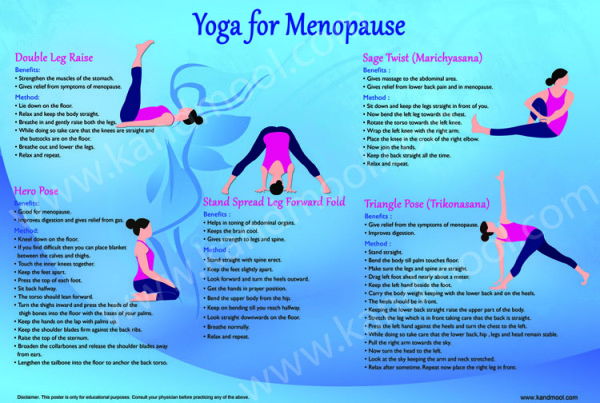
Yoga for arthritis may help you if your knees are stiff and painful. There are many types to choose from, such as Restorative, Iyengar, or Yin yoga. You can read on to find out more. Check out our guide on yoga for arthritis knees to find the right one for you.
Restorative yoga
Restorative yoga poses are beneficial for people with arthritis in their knees. They use repetitive, circular motions to lubricate joints. A yoga block or mat near a wall is required to perform restorative yoga postures. These props can be used to help you maintain a comfortable posture while doing the poses. The mat and block provide support.
Iyengar yoga
Iyengar yoga as a treatment for knee pain and arthritis have shown promising results. However they need to be monitored closely to ensure their safety. The American College of Rheumatology (ACR) guidelines emphasize the use of nonpharmacologic interventions, including yoga, for the treatment of osteoarthritis. Many people are reluctant about starting a new exercise regime for health reasons. However Iyengar Yoga is flexible enough to allow patients with limited physical ability to practice it.

Yin Yoga
Yin yoga may be a good option if you want to reduce the pain and stiffness in your hips. Traditional Chinese Medicine principles can be found in this slower-paced type of yoga. The poses are held longer than in other styles of yoga. This practice relieves chronic arthritis pain while improving overall health, muscle tension, and anxiety. The "tabletop", or first position, is what you call it. The next step is to bend at your elbows and extend your fingers, keeping your hands apart by shoulder-width.
Vinyasa yoga
Even though osteoarthritis is a bone disease you can still practice yoga to ease pain in the knees. Yoga poses can help correct mobility issues by targeting the surrounding muscles. The most common pose for arthritis-affected legs is the Child’s Pose. This is a balancing position where you are seated backwards on the heels. This pose places too much pressure on the knee joint and can lead to pain. Other poses include placing weight directly upon the knee joint or placing it at an awkward angle.
Ashtanga yoga
Ashtanga yoga is often recommended by physiotherapists for arthritis in the knees. This helps to prevent further damage and maintain stability. This practice focuses on maintaining proper alignment in the knees and strengthening opposite muscle groups. Pilates and clinical Yoga may be recommended by some physiotherapists. Each individual's condition will dictate the physical level they can achieve. People with meniscal tears may experience pain on the inside of the knee, making it difficult to bend their knees fully or sit back into child's pose.
Moving people
It is proven that yoga for arthritic joints can improve the quality and life expectancy of people with arthritis. It can ease knee pain and other symptoms. The Sit N' Fit Yoga method was developed by Kristine Lee. The program is a one-week integrated approach to yoga therapy. Participants were assessed on various measures including handgrip strength, falls efficacy scale, timed-up-and-test, Sit-to-Stand, right flexion and extension, and knee flexion and extension.

Myths and misconceptions about yoga for arthritic legs
It is important to dispel the many myths about yoga and arthritis in knees. Many styles of yoga are safe and gentle, and many of these types of exercises allow the use of props to help the patient remain balanced. In addition to these physical benefits, yoga can also be helpful for people with arthritis. Here are the most common myths about yoga for arthritis in knees. These exercises can greatly improve your life quality and help to maintain a healthy diet.
FAQ
Which workout is best to build muscle?
Two main types of exercises are required for building muscle mass. These are called compound movements and isolation. Isolation exercises target particular muscles, while compound movements focus more on several groups at once.
Your best option to improve your fitness is to work out with exercises that challenge all your major muscle group. This will ensure that you work hard every session.
MyFitnessPal can help you keep track of your activity. It allows you to log everything from calories burned to weight lifting. You can also create custom meal plans based on your goals.
Is it true, that too much protein can cause kidney stones?
Protein helps maintain healthy bone and tissue. But consuming too much protein can lead to calcium excretion through urine. In turn, this can result in kidney stones.
It is important to remember that not all people get kidney stones from eating more than 2g protein per kilogram (2.2lbs) of body weight. You don't have to eat a lot of protein to get kidney stones.
Watching your sodium intake can help prevent kidney stones. Sodium regulates the water balance of the kidneys. High levels of sodium are linked to a greater risk of developing renal stones.
If you have kidney stones, you can reduce your intake of protein. The majority of adults need protein for half their daily caloric needs. It is possible to lose weight by cutting down on your intake of proteins.
If you do decide to eat more protein, don't go overboard. You should aim to consume less than 20% of your total calories from protein.
Which workout is the most effective for men
The answer depends on what you are looking for. If you want to lose weight, cardio workouts are great because they burn calories faster than strength training exercises.
However, strength training can be beneficial if you only want to build muscle mass. It increases lean mass.
Both types can be used to improve your overall wellbeing.
If you are looking to lose weight quickly, I recommend HIIT or sprint-interval training. This type training will help you quickly lose fat by increasing your metabolism. This type of training also increases your endurance, allowing you to train even when you are tired.
Is Cardio Better Than Strength Training?
Both are equally beneficial. For those who want to gain muscle quicker, cardio is a better choice.
Cardio burns more calories per minute than strength training and burns more fat.
Although strength training can increase muscle mass, it is more difficult than cardio to do so.
What is your favorite workout order?
It all depends on what you're looking for. To build muscle mass, you should first lift heavy weights. Then you can move to cardio. Next, if you're looking to lose weight then switch to strength training.
Cardio can be done if you want to just lose fat. You can then add strength training.
If you are looking for muscle mass, cardio should be your last option. Cardio stimulates growth hormones and helps build muscle mass.
It is important to eat before going to work out. You will be able to give your muscles more fuel so they can work harder. Plus, it makes you feel better during your workout.
Statistics
- An estimated calorie range for moderately active adult males falls between 2,200 to 2,800 calories per day, depending on age. (eatright.org)
- Are You One of the 20% of Guys (mh.co.za)
- Cardmembers earn 5% Back at Amazon.com with a Prime Credit Card. (amazon.com)
- Get free shipping and 25% off today. (healthline.com)
- By John Thompson Take a whopping 38% off a set of PowerBlock Pros. (menshealth.com)
External Links
How To
How to Eat Well in Men's Food
You should eat smaller meals throughout the day than three large ones. You will spend less time consuming food and your stomach. You'll be less likely not to overeat later.
Avoid eating snacks before bedtime. Do not eat after midnight. You may wake up hungry and overeat next day.
Consider having a light snack one hour before bed.
Avoid snack attacks. This is when you grab something to munch on whenever you feel hungry. This is especially dangerous if you're already overweight.
Be sure to balance your meals. If you skip breakfast, make sure you don't overdo it at lunch and dinner.
Losing weight can be achieved by cutting back on calories.
You should cut down on alcohol, caffeine, or nicotine. Both can affect how your body processes nutrients.
Get plenty of rest. Sleep deprivation makes people crave junk food.
Exercise regularly. Exercise improves your mood, boosts energy levels, and burns extra calories.
Take care emotionally. Stress can lead overeating or weight gain.
Relax. Meditation and yoga can help relieve stress and anxiety.
Keep track what you eat. Keep track of everything you eat.
Supplements are important! Many men don't get enough vitamins and minerals to keep them healthy.
Take a multivitamin every day. Multivitamins can be used to prevent deficiencies in key vitamins, minerals and other nutrients.
You might consider taking a vitamin-C supplement. It helps keep your immune system strong and prevents scurvy.
Include zinc in your daily diet. Impotence can result from zinc deficiency.
Water is essential. Your fluid intake should not exceed 1.5 liters per day (roughly 4 cups).
Limit salt. Salt can raise blood pressure and lead to heart disease.
Avoid trans fat. Trans fat has been linked to higher obesity, diabetes, and heart disease rates.
Best Male Enhancement Products for 2018 – Best Male Enhancement Tablets Reviews
There are many male enhancement products on the market today. Some work well, while others do not provide any real results. This article will help you find the best male enhancement drugs that actually work.